During Black History month, we are discovering how Carnival is celebrated in the Caribbean and South America. The Rio Carnival begins on February 18 and the Trinidad and Tobago Carnival on February 24 & 25.
Rio Carnival
The Rio Carnival is the largest celebration in the world with over two million people on the streets each day to watch the parades. This year, the revels last from February 18th to the 25th. Portuguese settlers in the 17th century introduced the Entrudo, meaning entrance to Lent, the forty-day period before Easter. Battles of waters with lemon juice, flour and mud took inspiration from Bacchanalian feasts honoring the ancient Greek wine god. When the Portuguese royal family moved to Rio de Janeiro, they brought a more sophisticated way of celebrating Carnival with masquerade balls in the style of the French and Italian courts. Africans subsequently transformed the Brazilian Carnival with the introduction of samba music in 1917. Rio’s Carnival is now filled with revelers, floats and dances performed by numerous Samba schools in exuberant costumes.
Caribbean Carnival
The Caribbean’s carnivals all originate from the Trinidad and Tobago Carnival, known as the “Mother of Carnival”. French settlers brought the Catholic ritual of Shrovetide to the islands and their hedonistic pre-Lent celebrations lasted from New Year until Easter. Initially, the fancy masquerade balls of the plantation owners excluded the black enslaved population, who formed their own celebration known as Canboulay, meaning burnt cane. This precursor to Carnival played an important role in the development of calypso music. After emancipation in the British Americas in 1834, African slaves reenacted Carnival by taking to the streets in celebration of their newly found freedom.
In the early years, the annual Caribbean ceremonies demonstrated African resistance to aristocratic European social and political dominance. Stick fighting and African percussion music was banned in 1881 in response to the Canboulay riots. However, they were replaced with bamboo sticks in an orchestra of frying pans, dustbin lids and oil drums. These steelpans are now a major part of Carnival and the Trinidadian music scene. Many other dance rhythms and musical instruments of West Africa came to the Americas with the enslaved masses, for example the batuque sounds continue in the Brazilian samba. Originally, tribal parades with percussion instruments and rhythmic dances were meant to scare away the spirits of dead relatives and in Carnival they evolved into vibrant expressions of release from everyday mundanity and oppression. It is no coincidence that symbols of death are common in Carnival street parades today. Caribbean carnival tradition includes Playing Mas (masquerading) and the crowning of a Calypso king together with parades of fantastic costumes, which have their roots in African customs.
Feathers & Masks
The masks and abundant feathers in Brazilian and Caribbean carnivals can be traced back to African festivals and rituals honoring ancestral spirits. In Europe, masks are used to disguise a person’s identity whereas in the African tradition, masks are worn to bring spirits to life. Feathers were believed to lend certain spiritual strengths to the wearer, and they have a long history in ceremonial costume. Native Americans made war bonnets from the tails of golden eagles to symbolize honor and bravery. In the Amazon jungle, men wore feathered armbands high on their arms to look like wings and bring them closer to bird spirits. Recently, anthropologists have discovered that Neanderthal man wore decorative cloaks made of entire vultures. In ancient Egypt, the ostrich feather was a symbol of truth and was often shown with Ma’at, the goddess of truth and justice who passed judgement over the souls of the dead. Egyptian wall paintings often depict Ma’at with outstretched bird wings. The discovery of Tutankhamen’s tomb in 1922 inspired Egyptomania in fashion in the roaring twenties.
Cabaret Fantasies
Cabaret stars at the Casino de Paris and the Folies Bergère, including Mistinguett, Josephine Baker and Helba Huara from Peru, were adorned with exotic feathered head-dresses and costumes. The sensational review dancers also purloined African, South American and Middle Eastern motifs in their elaborate yet revealing outfits. Burlesque dancers, such as the pioneering Sally Rand, played hide and reveal with giant feather fans, which developed from the ostrich feather accessories favored by Edwardian society ladies. Recently, feathers have been used by Chelsea Rousso to accessorize the carnival masks that she makes in fused glass. Chelsea is known for her innovative, wearable glass outfits which would have been at home in the cabarets of Europe.
The Origins of Carnival
Carnivals originate in very ancient celebrations, such as the Greek Dionysian and Roman Saturnalia festivals. The events mark the start of the solar year in the spring when the earth begins to manifest its energy. It was a period of symbolic renewal, during which chaos replaced the established order and spirits circulated between heaven, earth and hell. In many cultures, the souls in the underworld had to be honored and so participants assumed the characteristics of the supernatural and wore masks to avert evil influences.
Mardi Gras
Carnival evolved in the Medieval Christian world into chaotic displays of anarchic behavior undermining the seriousness of daily life. Concealed by masks, revelers experienced unbridled freedom and a reversal of social order and morality with jokes and debauchery. Carnival, which has been interpreted as “farewell to meat”, culminates on Mardi Gras or Fat Tuesday and is followed by the serious purifying rituals in Lent when meat was given up. The painting of The Battle between Carnival and Lent by the Dutch 16th century artist Pieter Brueghel gives us an idea of the conflict between church and state and presents the natural extremes of the human experience during Carnival and Lent.
Venetian Carnival
The more artistic aspects of Carnival were emphasized during the Renaissance era in Italy. Parades of floats replaced rowdier street processions and spectators enjoyed costumes and performances from recognized characters in the Commedia dell Arte, such as Harlequin and Pierrot. Masked balls excluded the more raffish elements of society. A magical evening during the Venetian Carnival unfolds in the spectacular tableau by Lladró at WMODA. Enjoy the excesses of Carnival and the crossover from the cabarets of Europe to the vibrant Caribbean festivals of today in our Carnival & Cabaret exhibition.
Read more...

Royal Doulton Rio Carnival
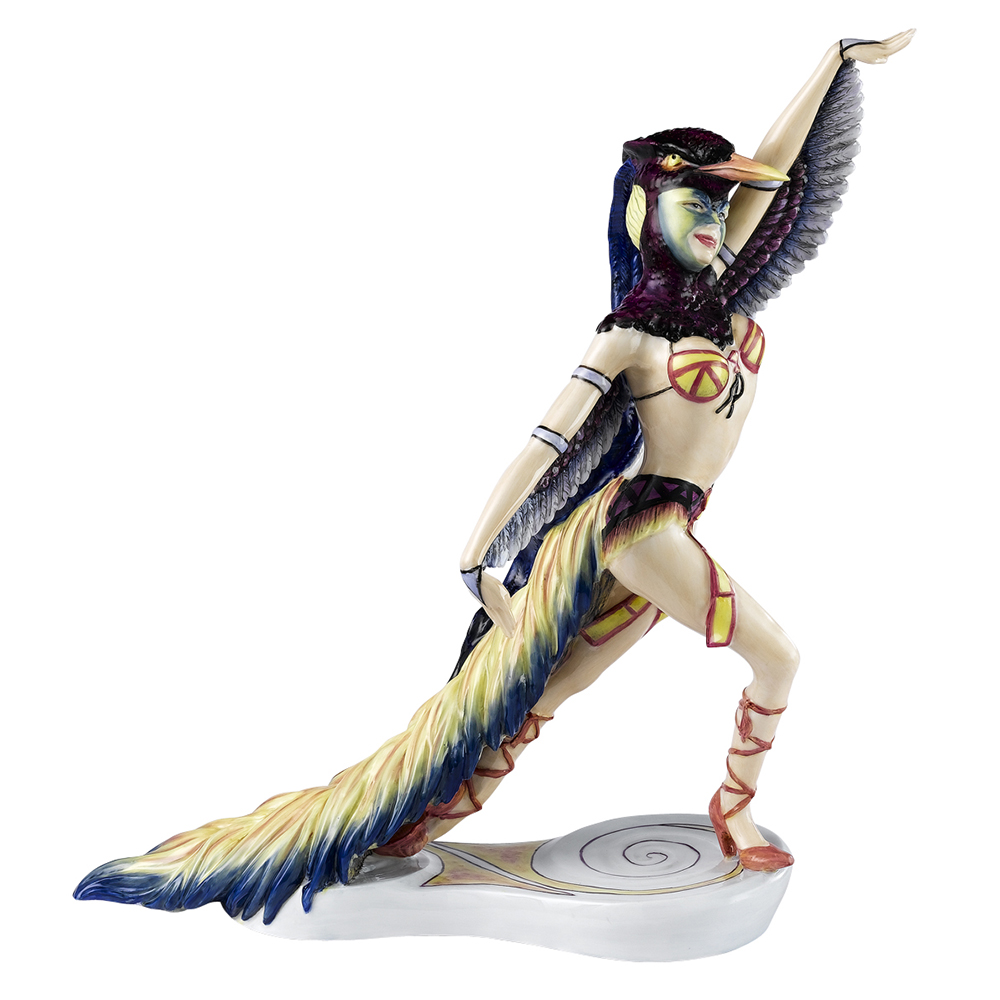
Royal Doulton Rio Milena
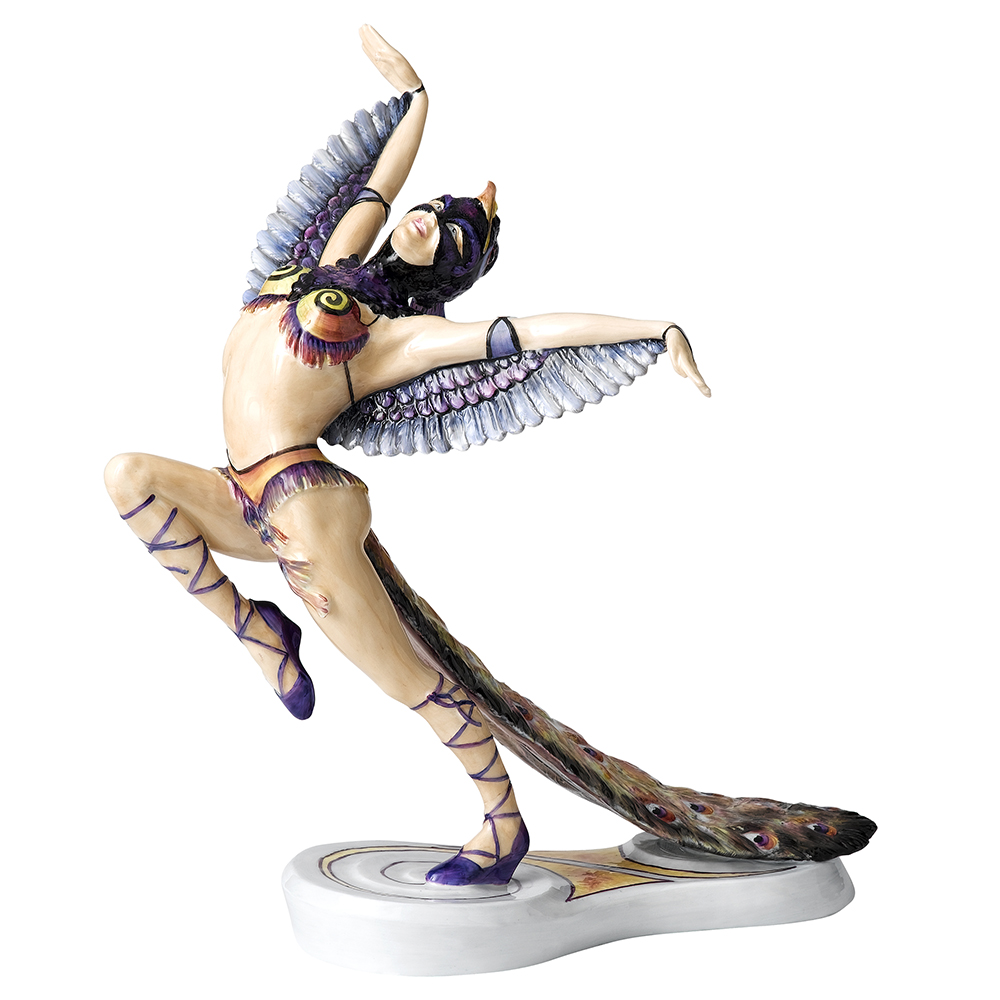
Royal Doulton Rio Lola
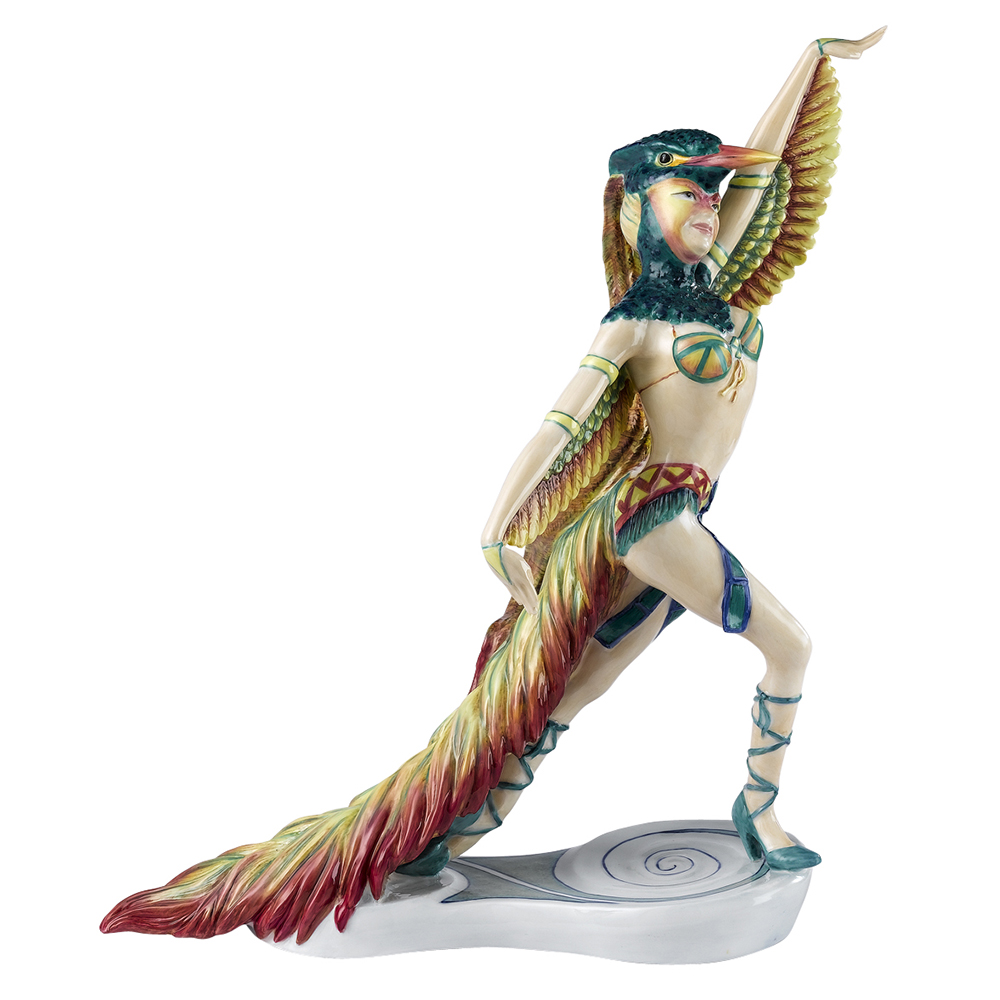
Royal Doulton Rio Chiquita
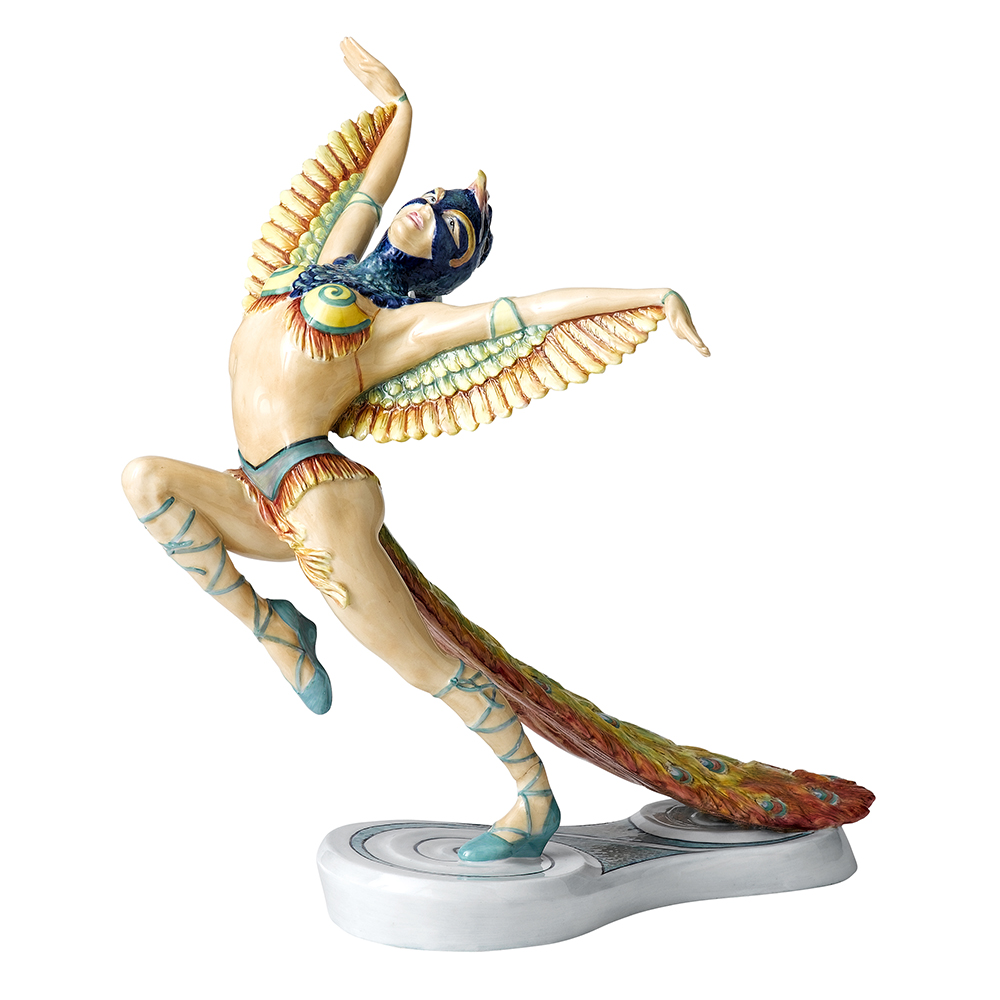
Royal Doulton Rio Bonita
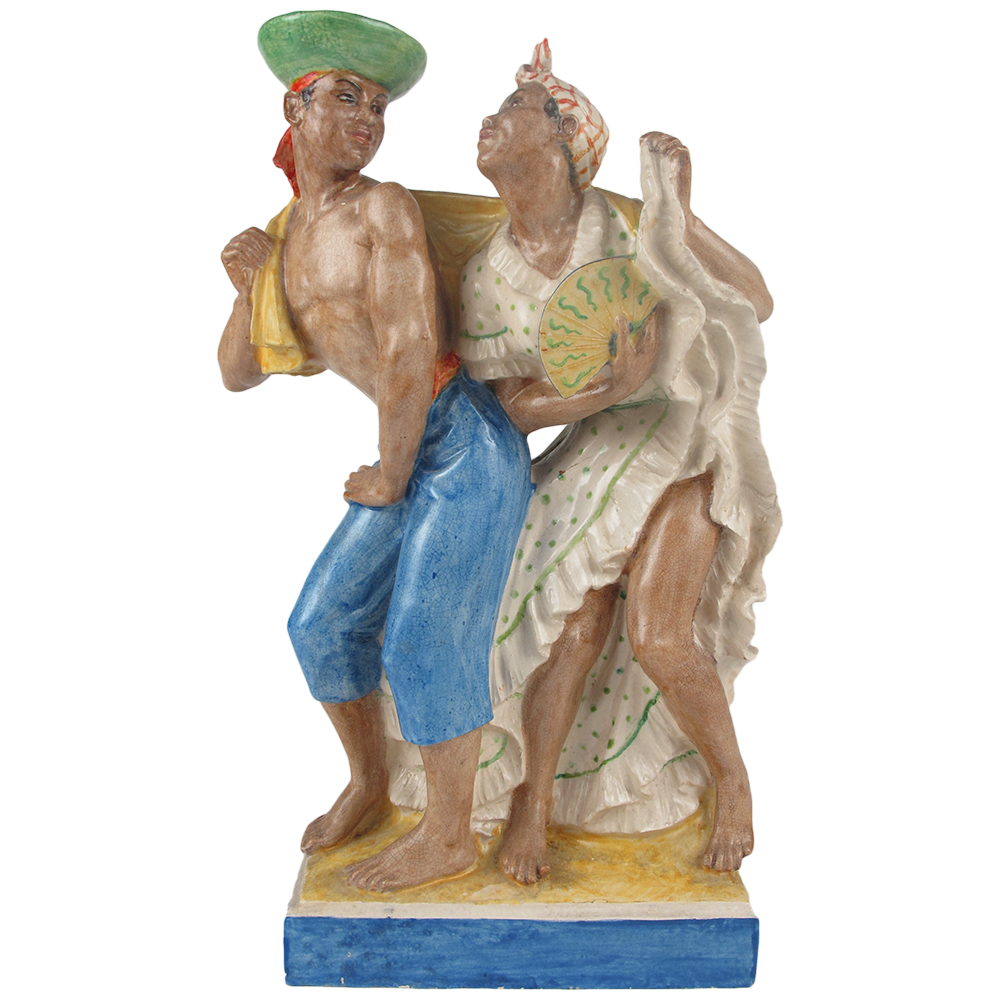
Caribbean Carnival by J. Bidder

Dia de Entrudo by J.B. Debret
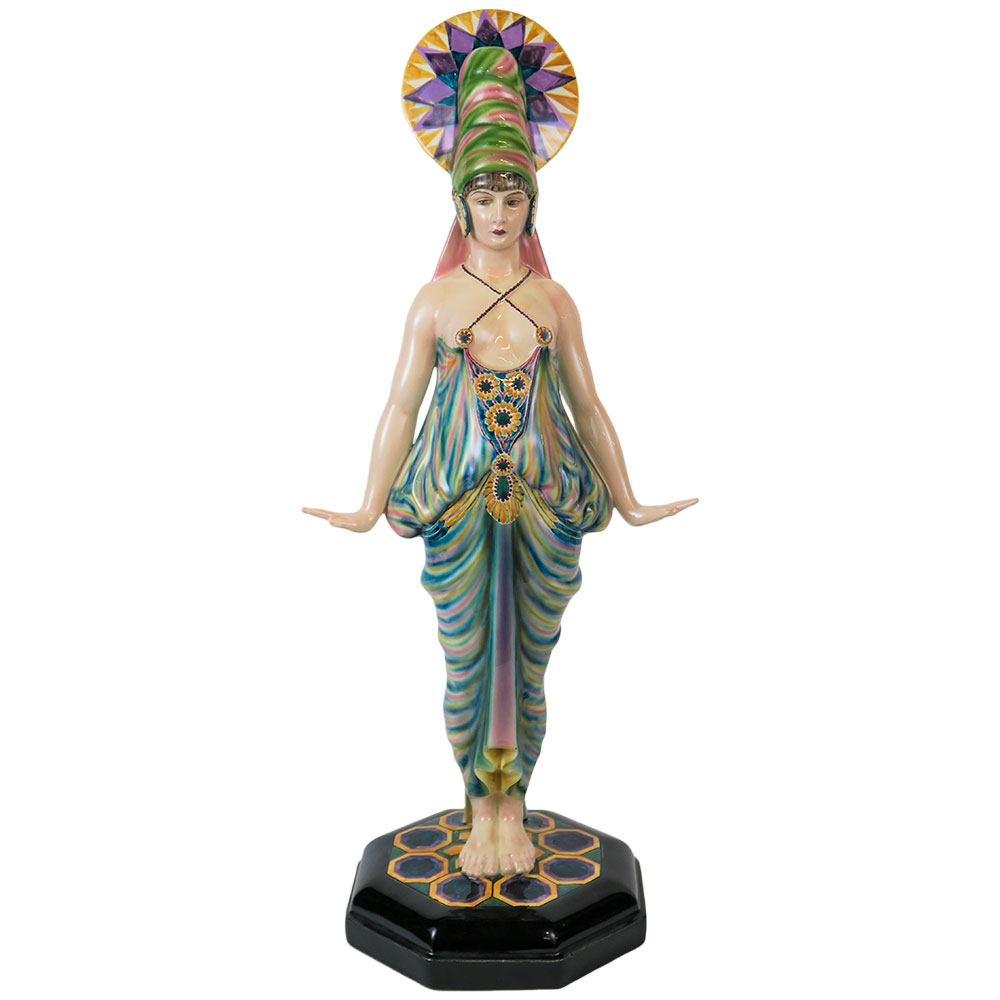
Goldscheider Peruvian Dancer
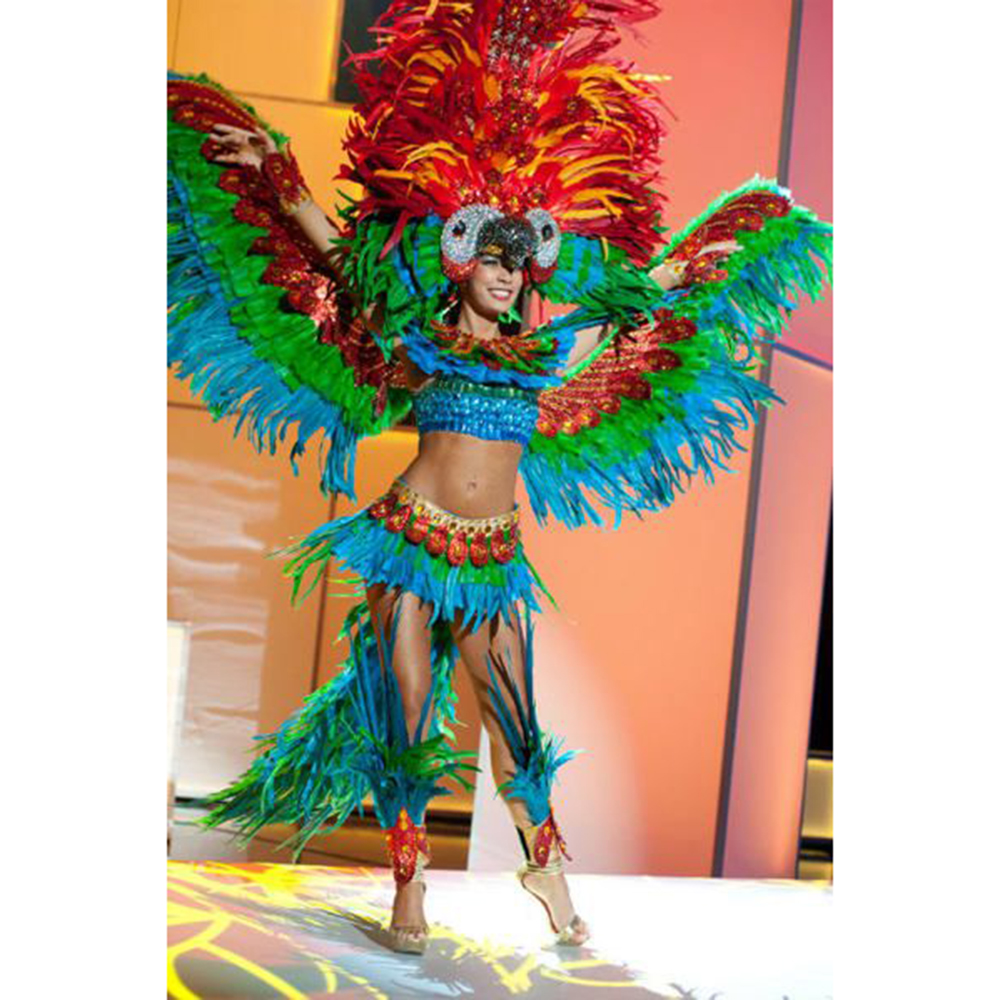
Miss Universe
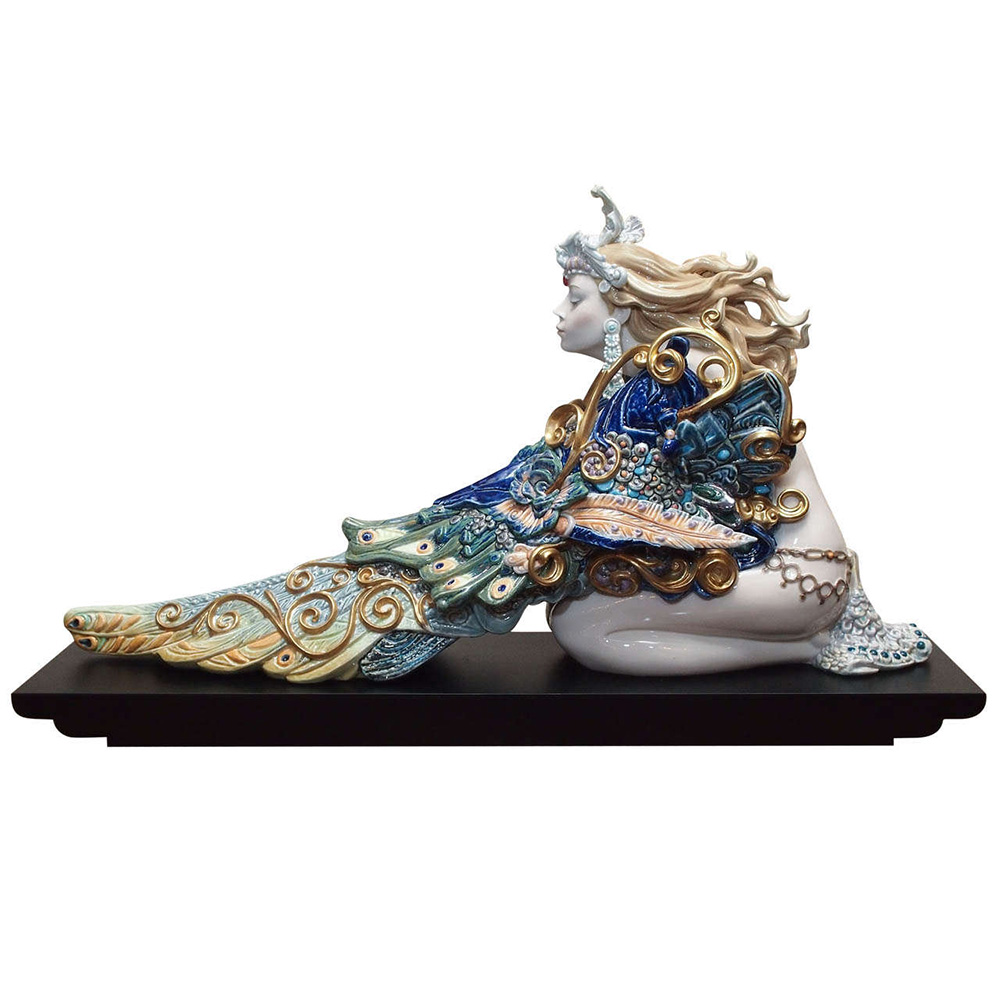
Lladró Winged Beauty by F. Polope
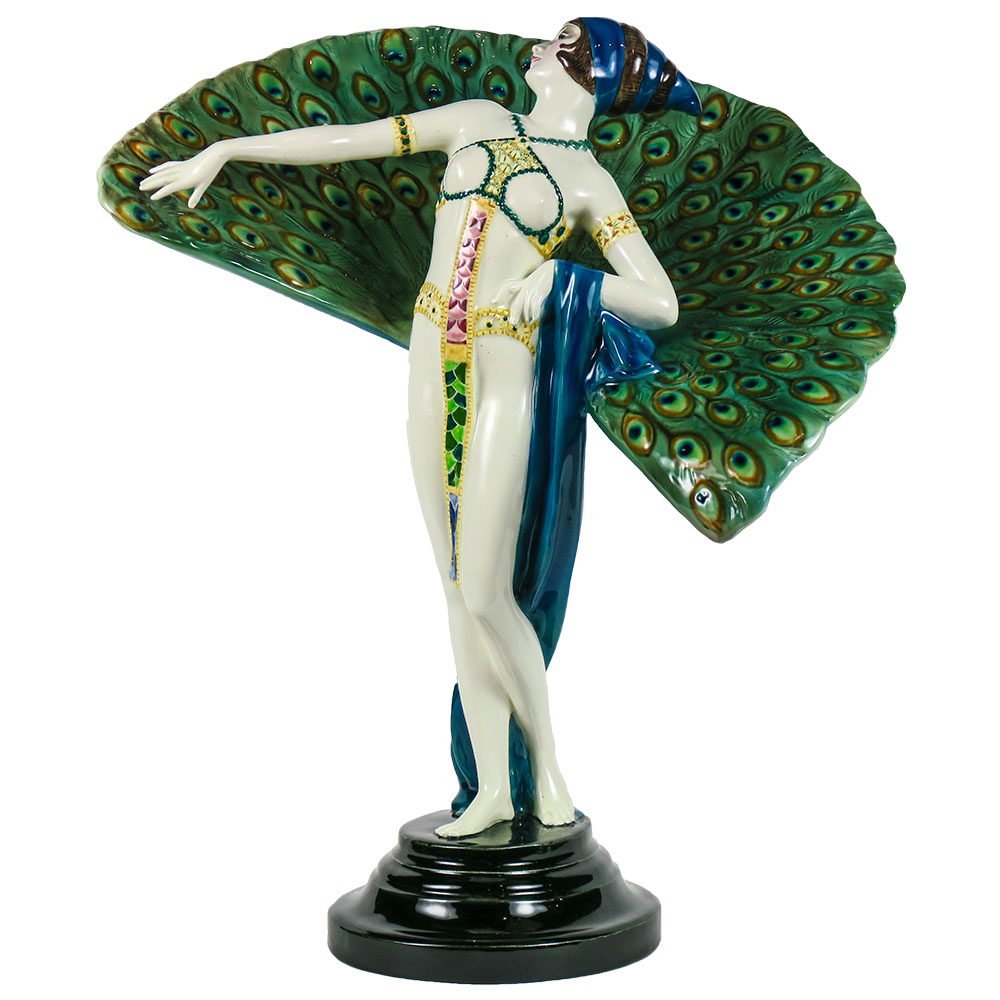
Goldscheider Peacock Dancer
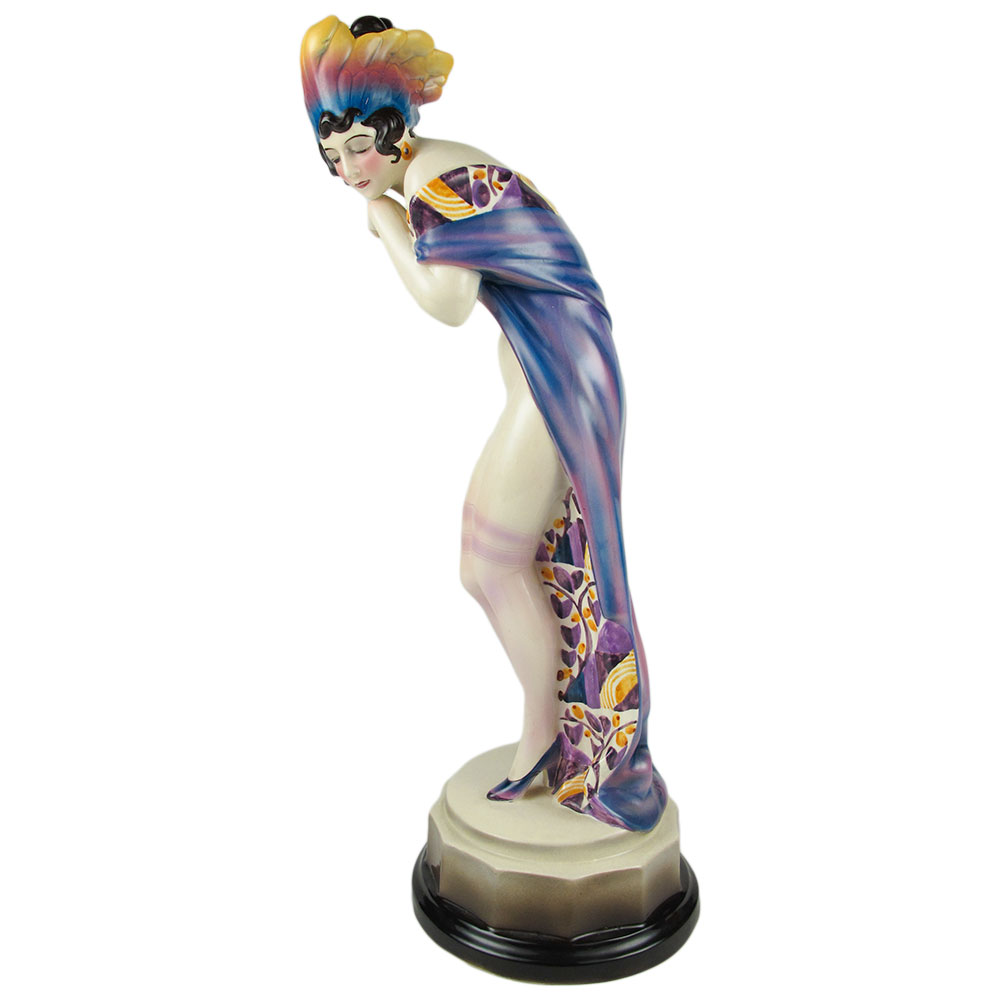
Goldscheider Fascination
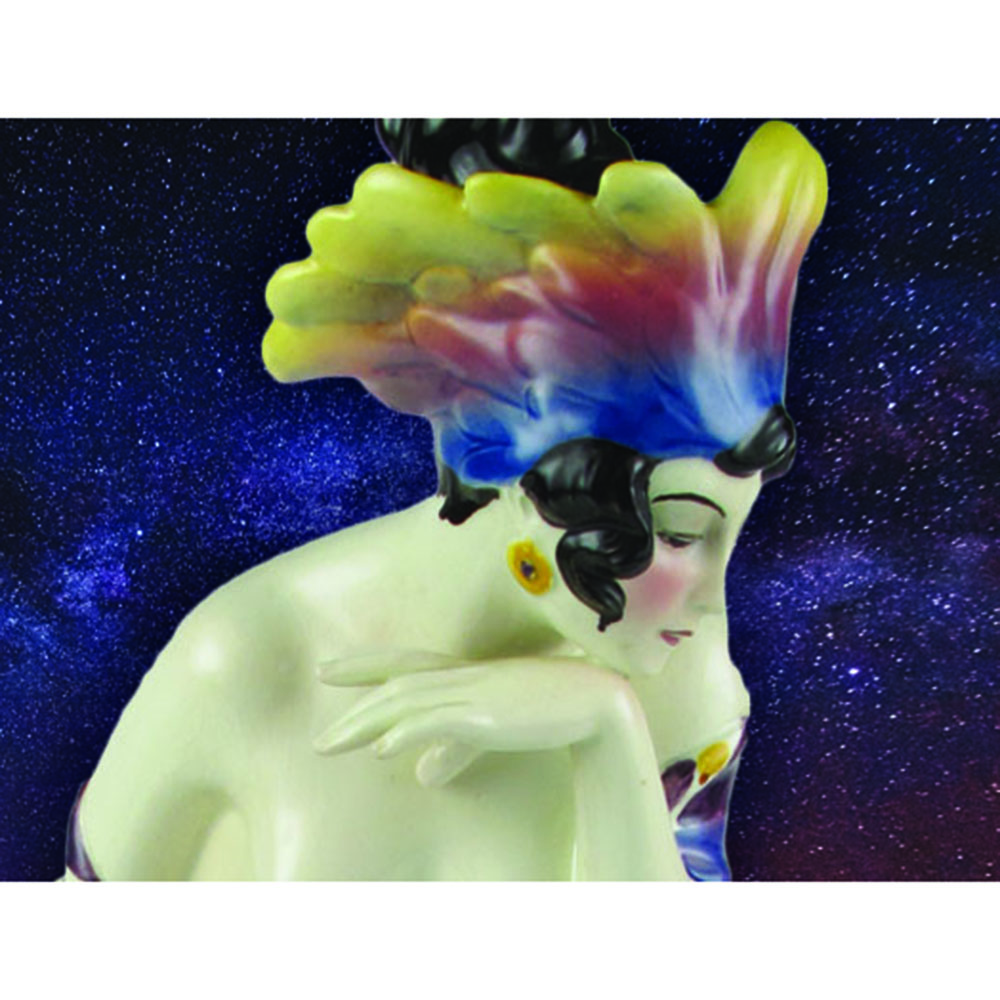
Fascination detail

Goldscheider Fan Dancer

Royal Doulton Angela

Royal Doulton Dancer
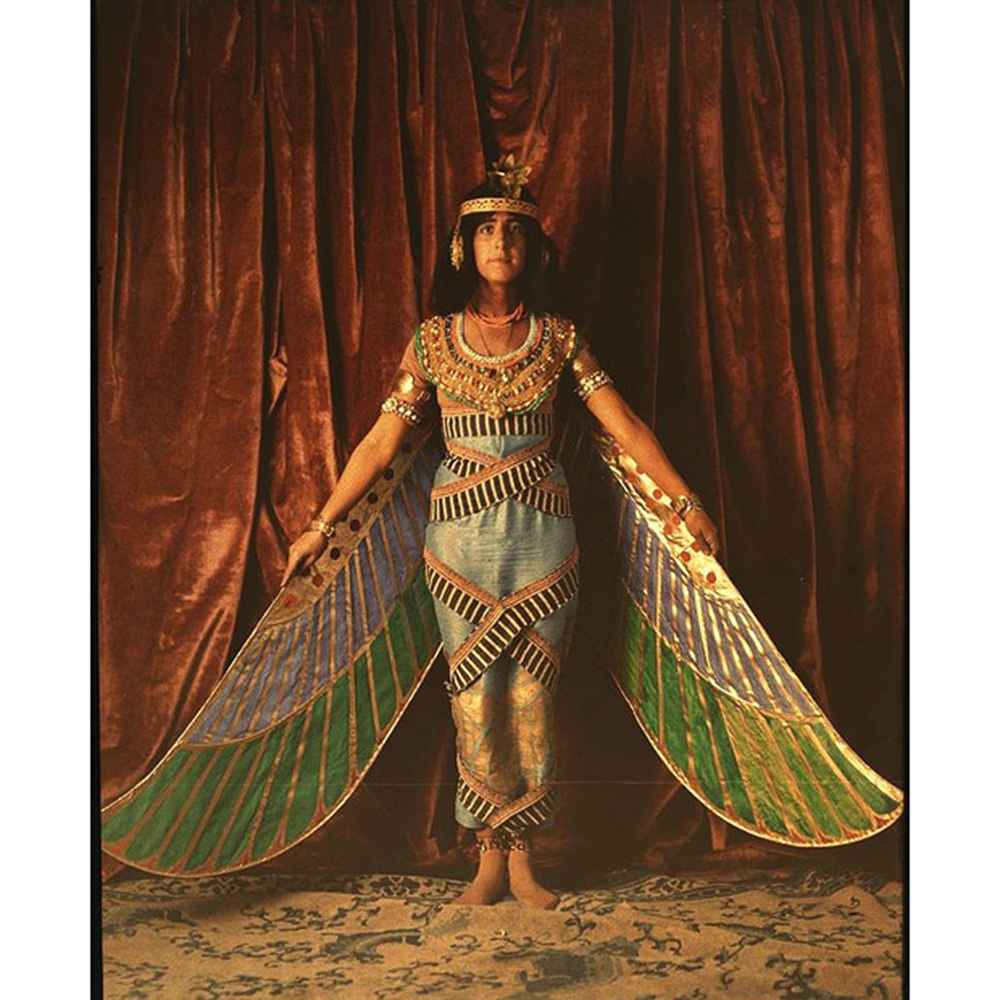
Egyptian Dancer

Sent Mahesa
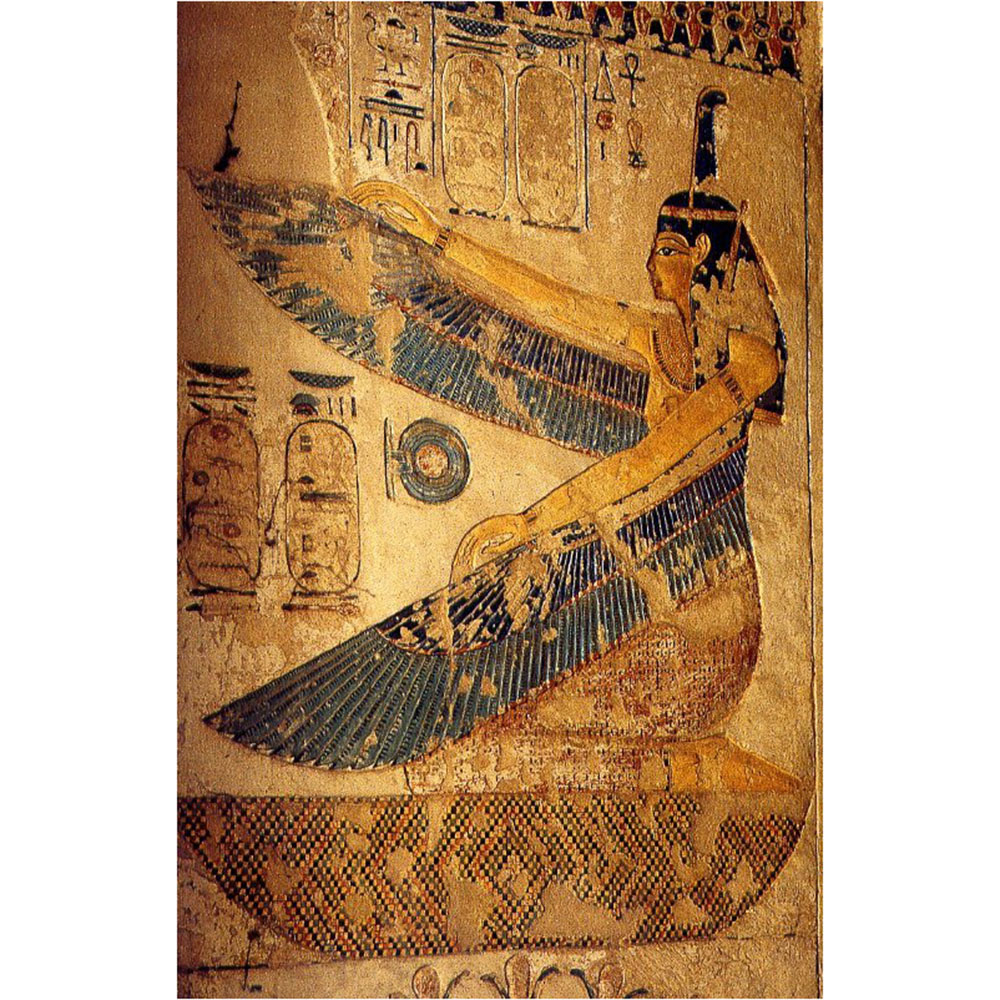
Goddess Maat
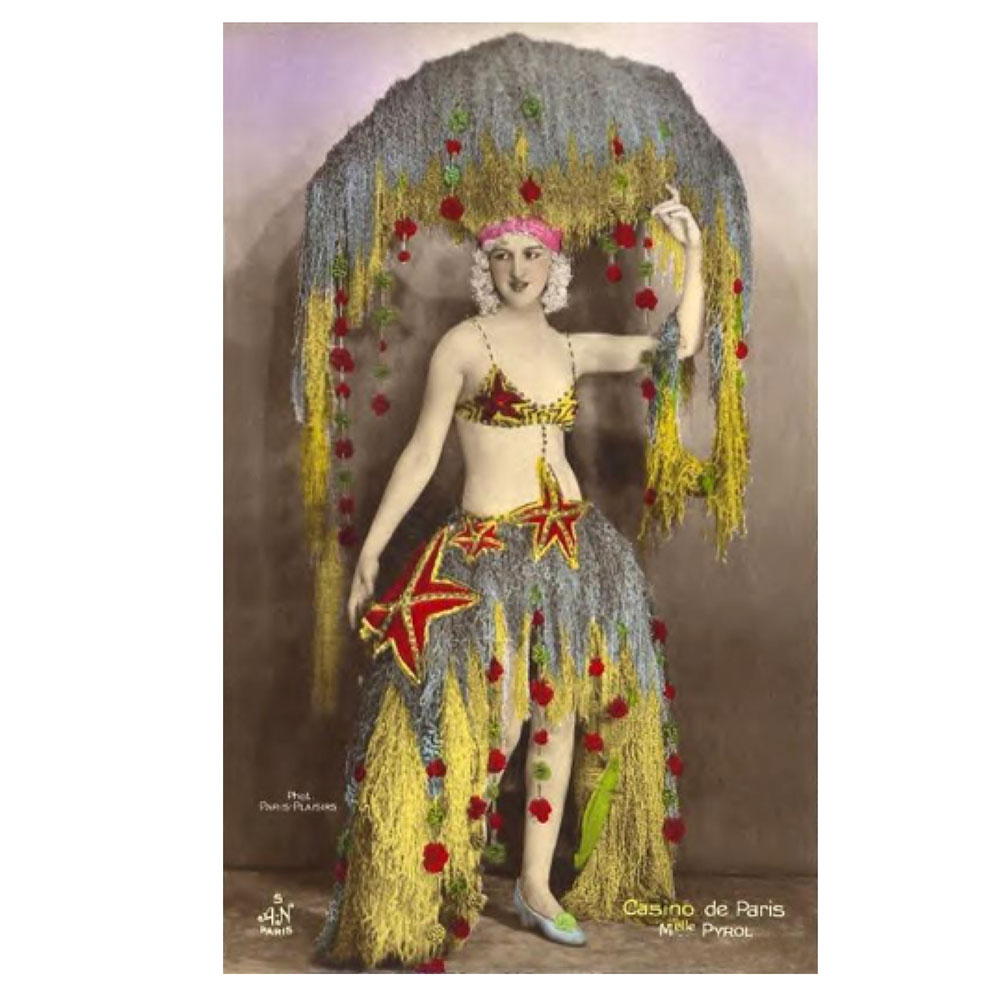
Casino de Paris
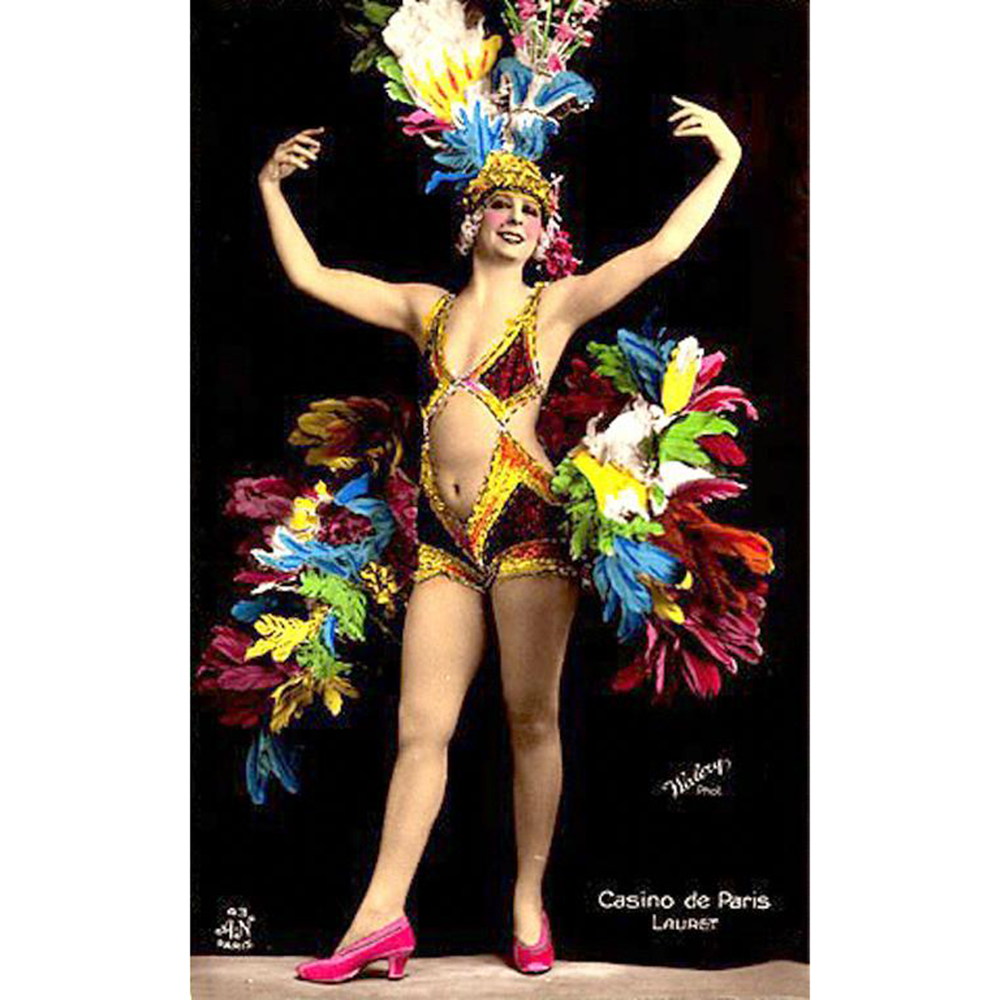
Casino de Paris
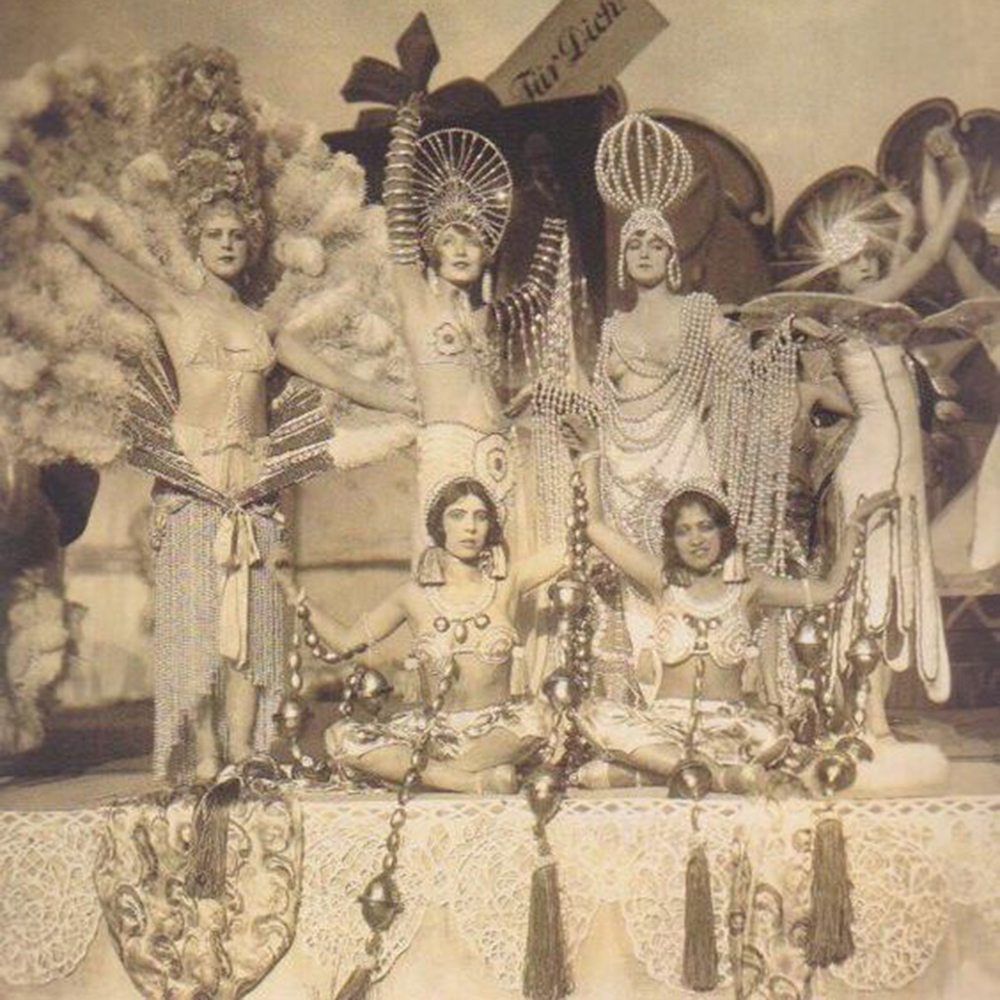
Weimar Berlin Cabaret
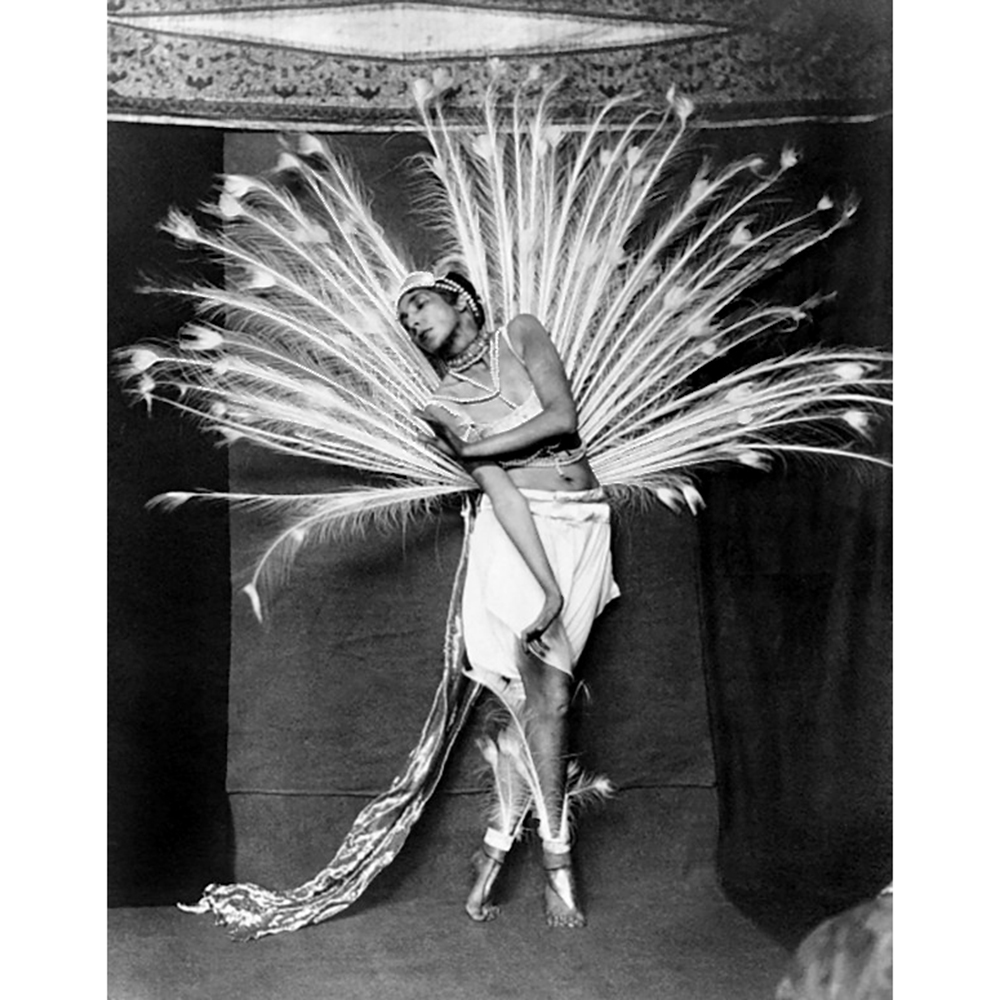
Sent Mahesa

Sally Rand
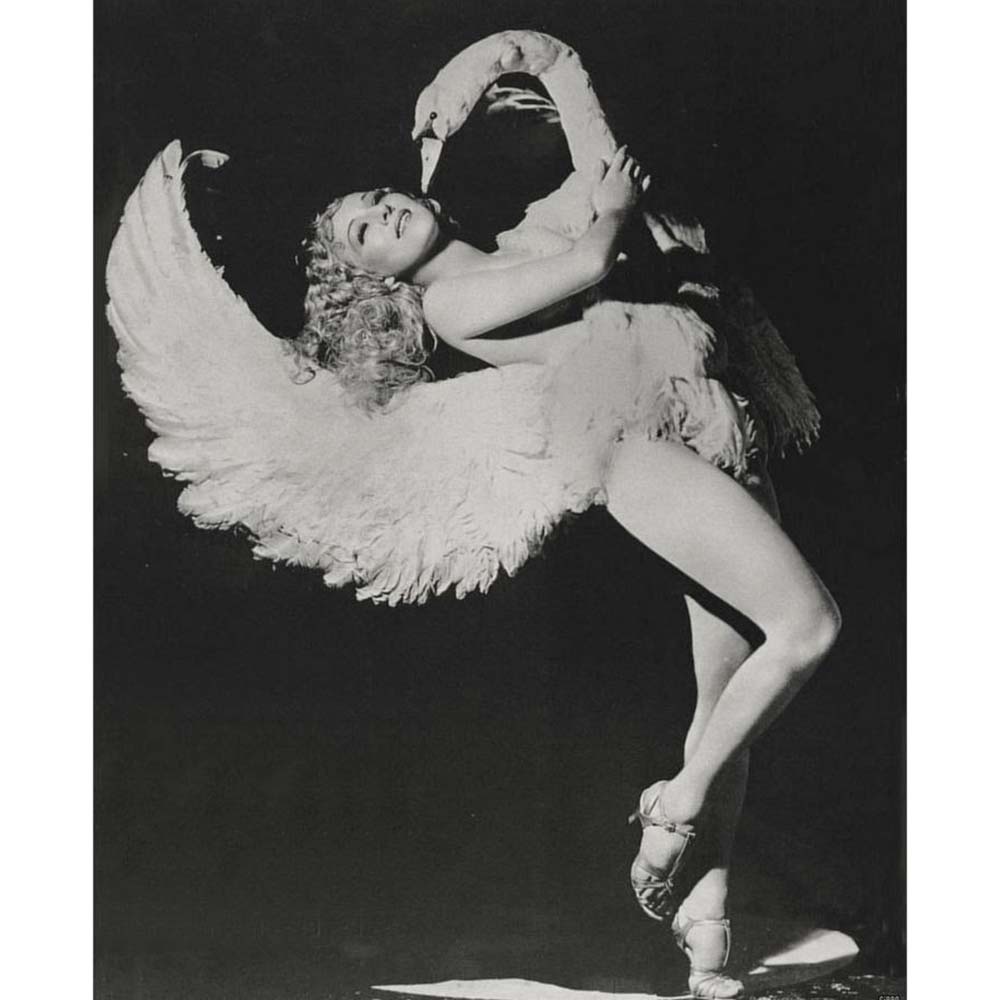
Sally Rand
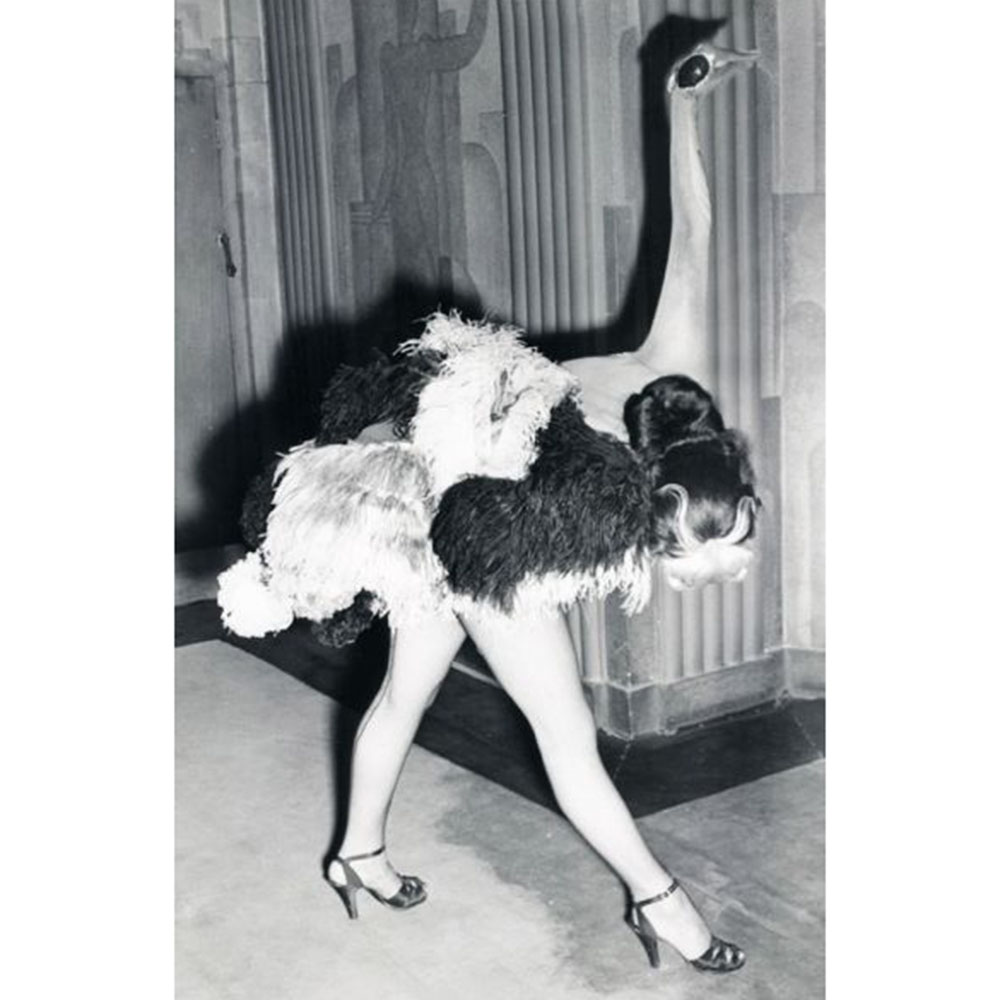
Ostrich Dancer

Mistinguette by C. Gesmar

Maria Leeser

Kathleen Rose Dolores
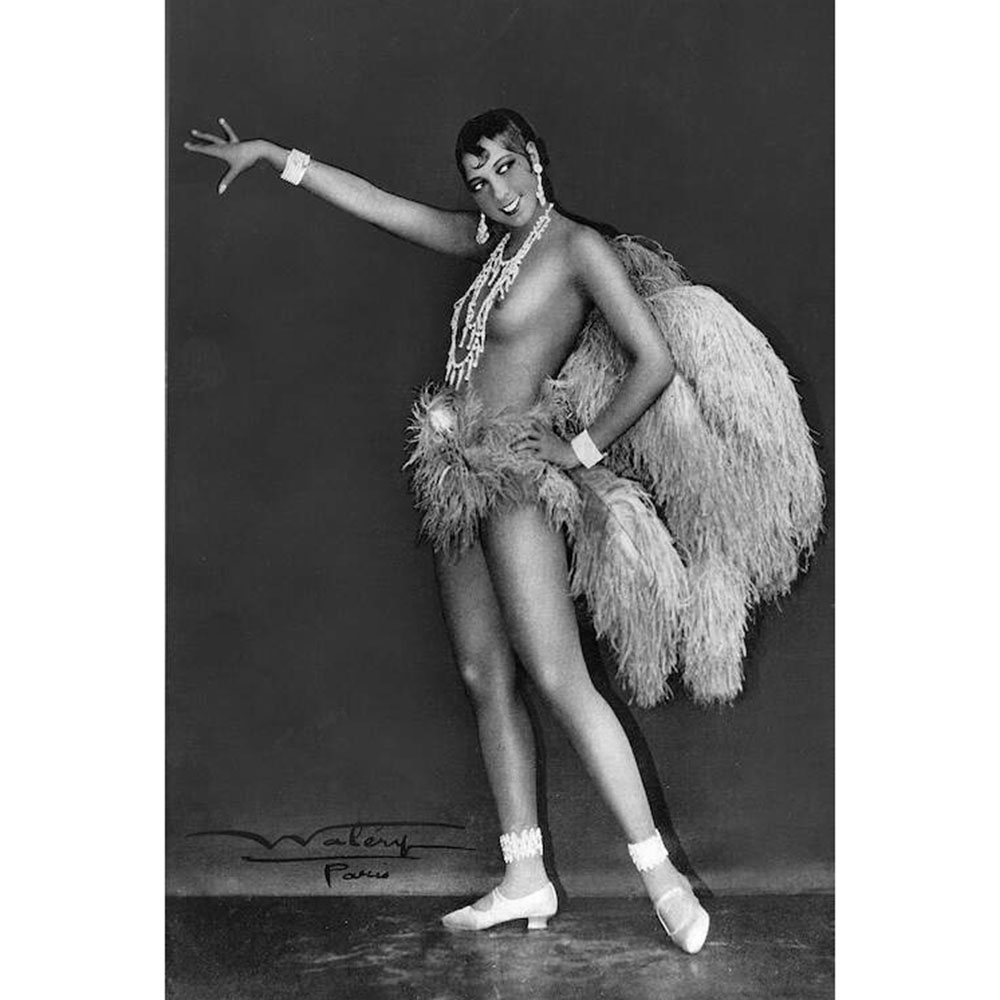
Josephine Baker

Josephine Baker
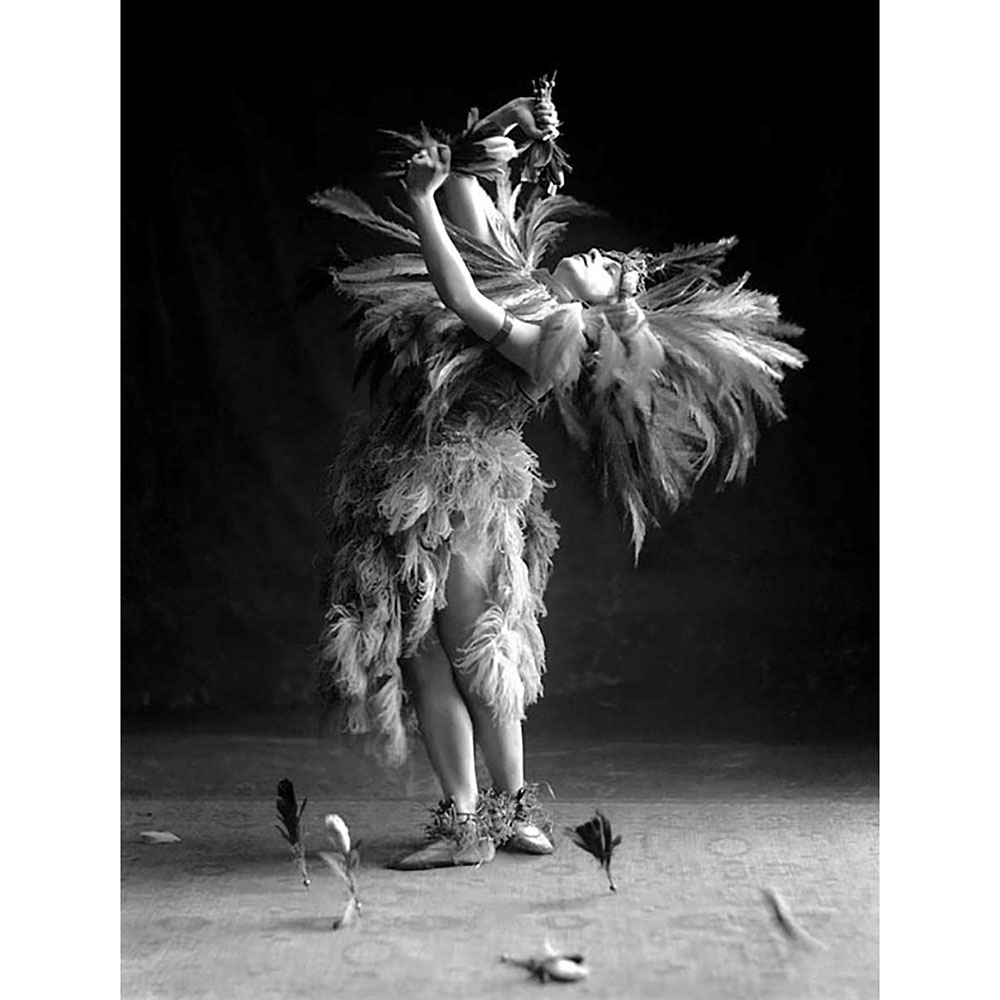
Helba Huera
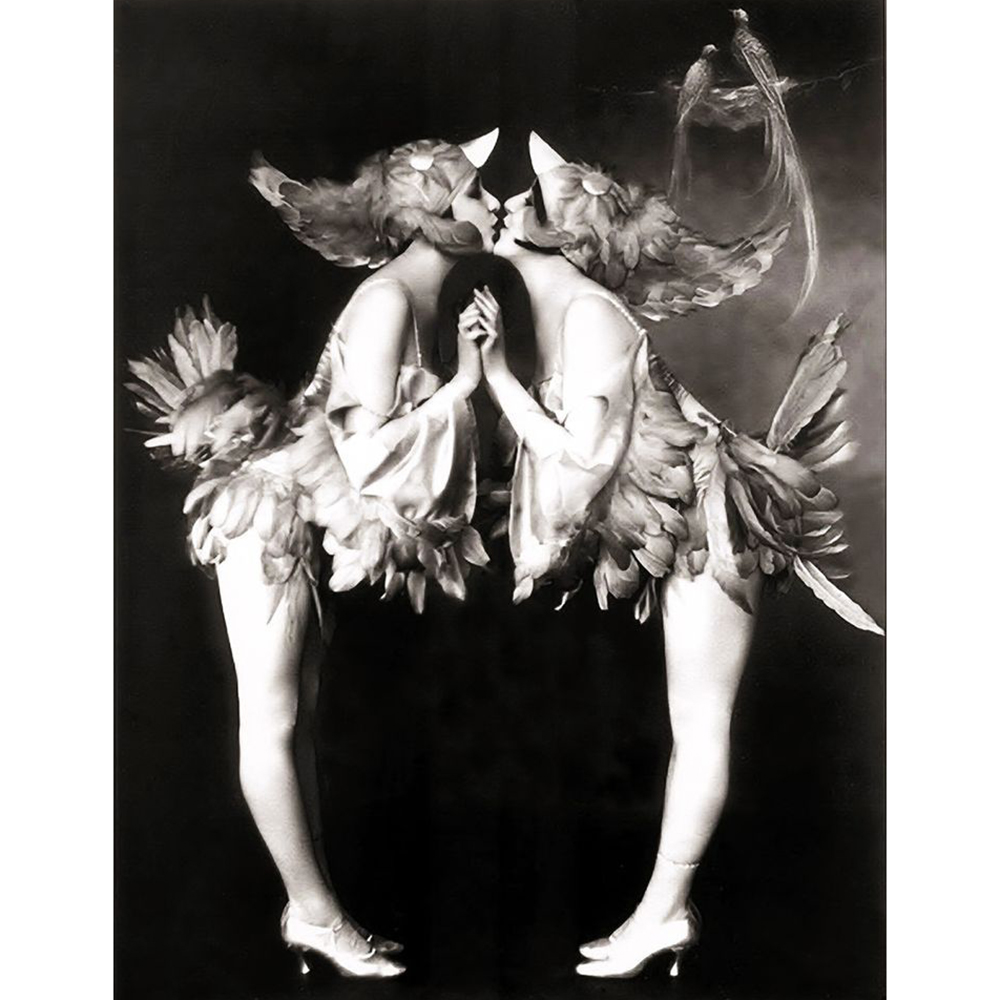
The Dolly Sisters

Cleveland Bronner
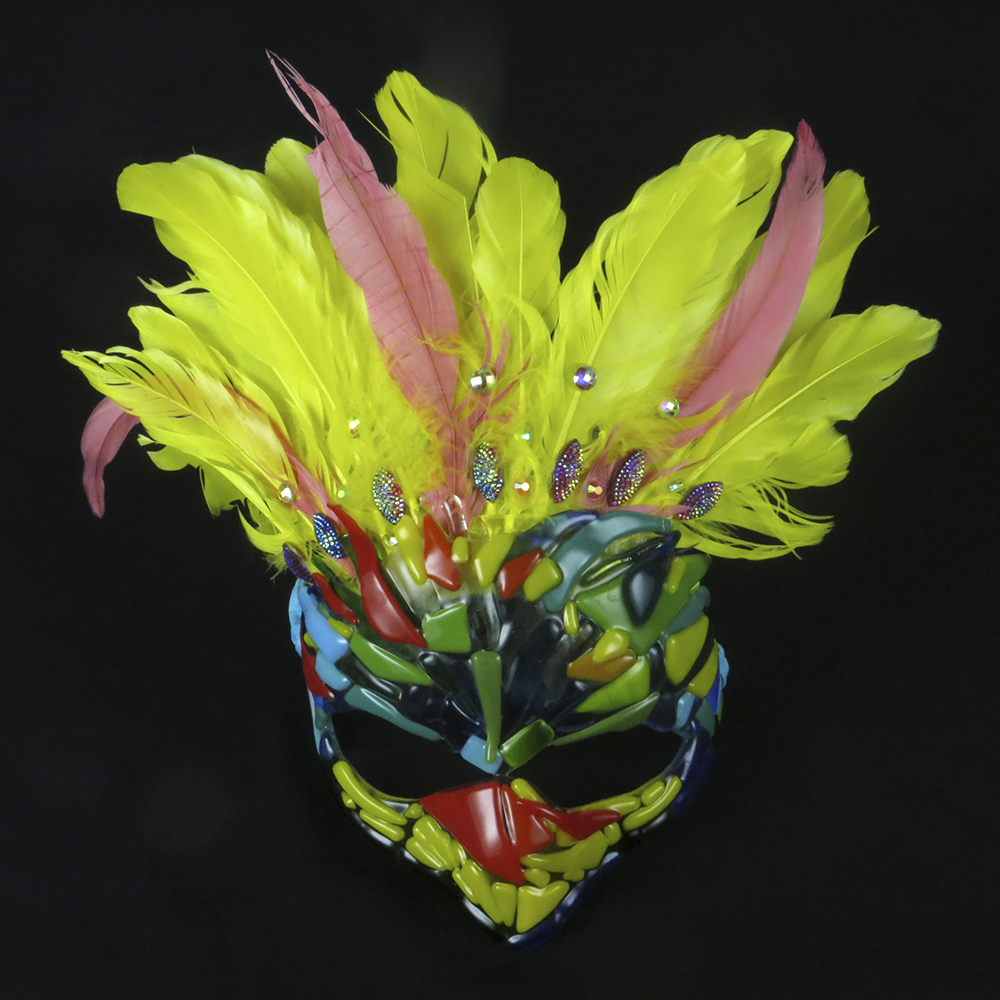
Mask by C. Rousso

Mask by C. Rousso
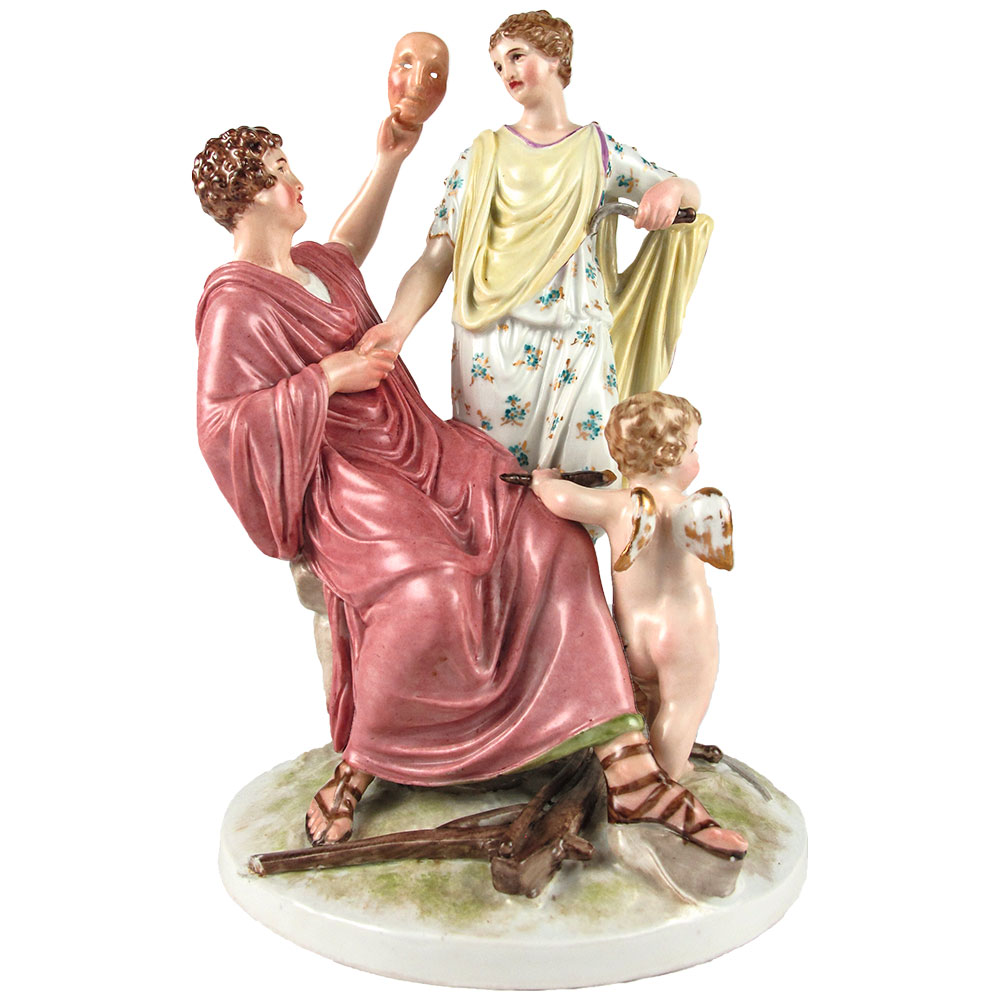
KPM Vertumnus & Pomona
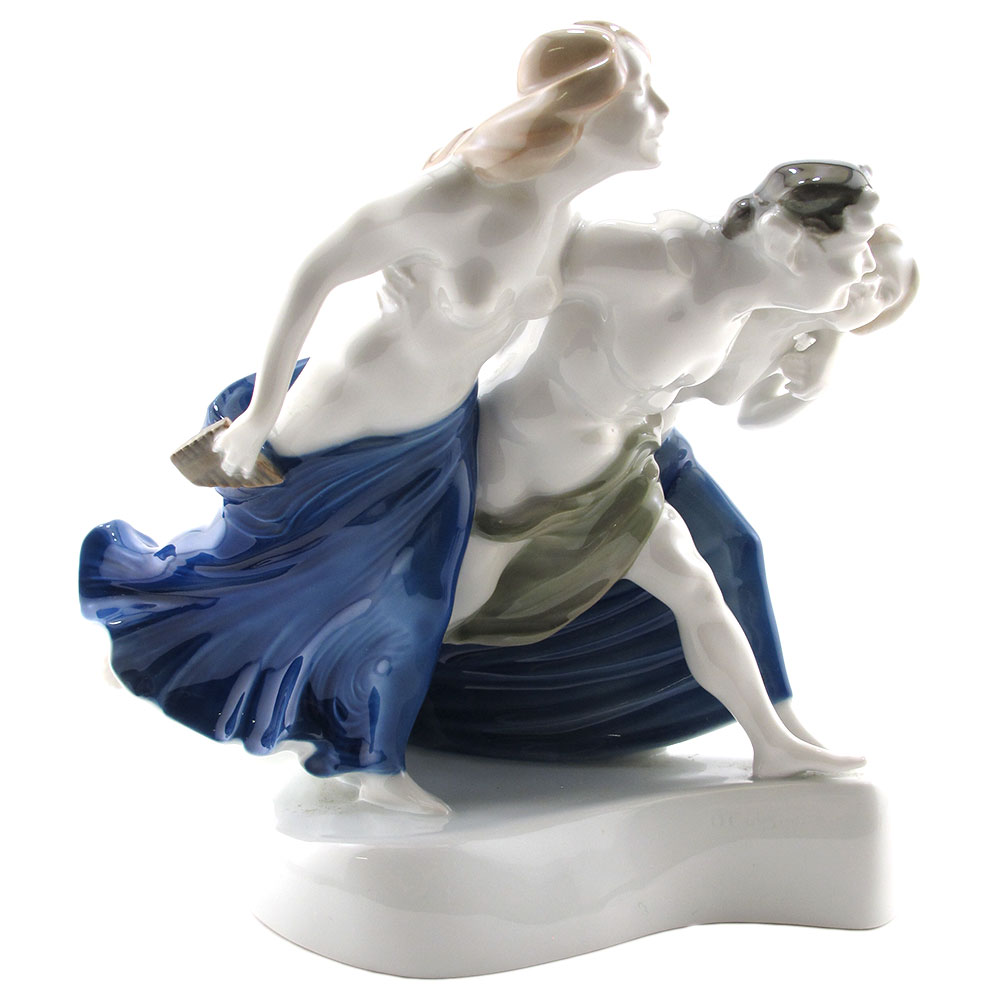
Rosenthal Storming Bacchantes
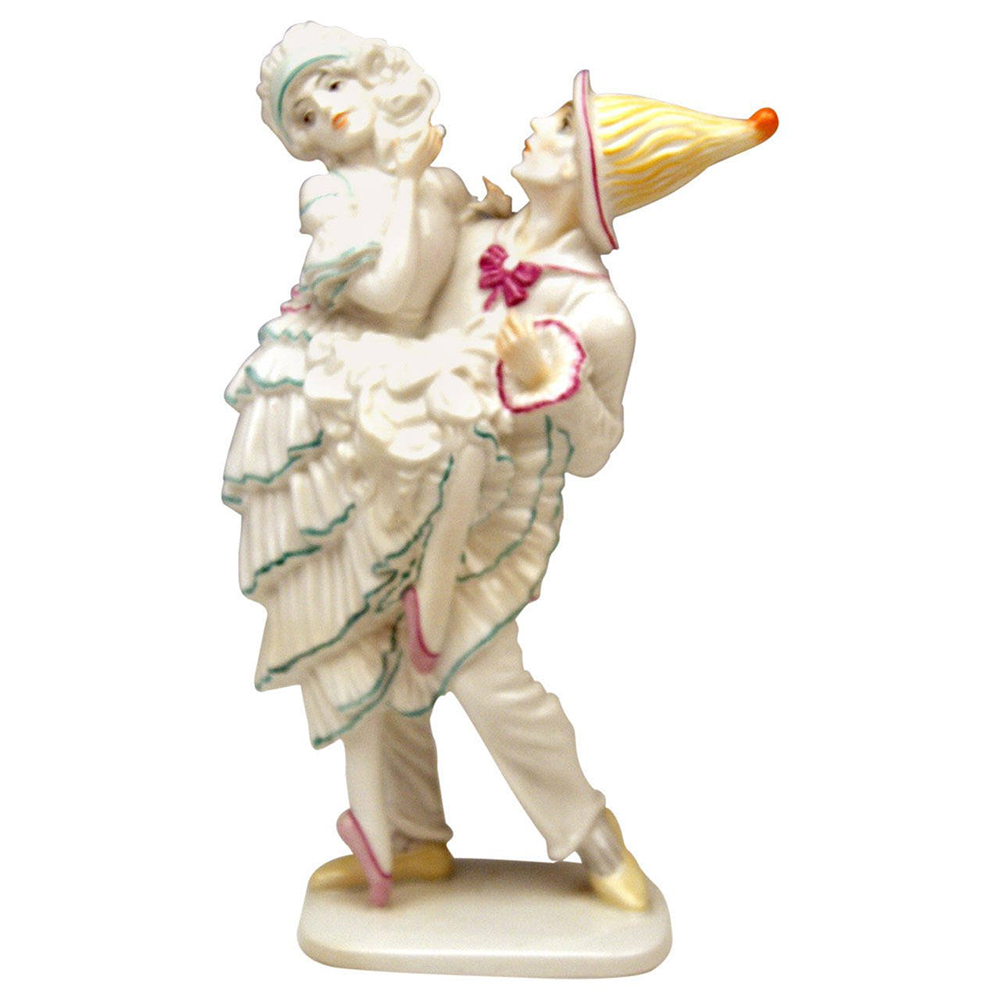
Rosenthal Harlequin & Columbine
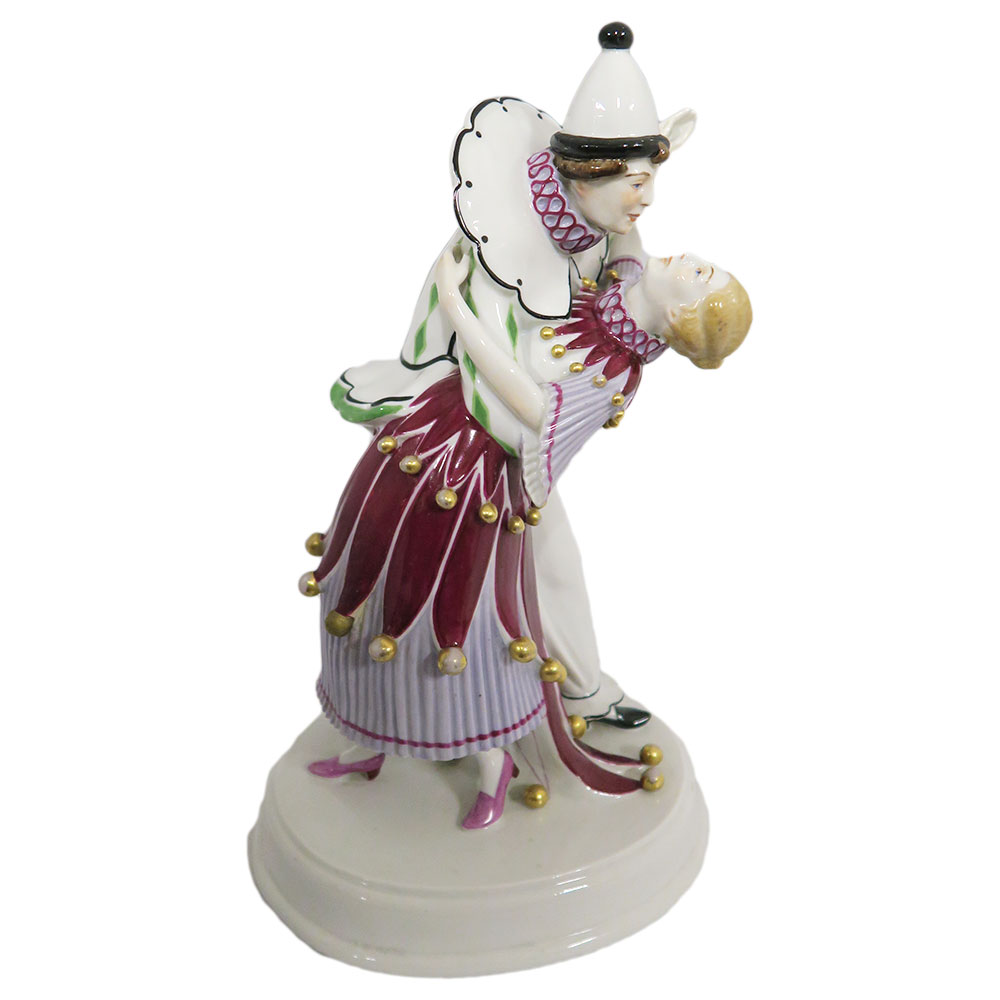
Meissen Harlequin & Columbine

Harlequinade by J. Bidder

Harlequin
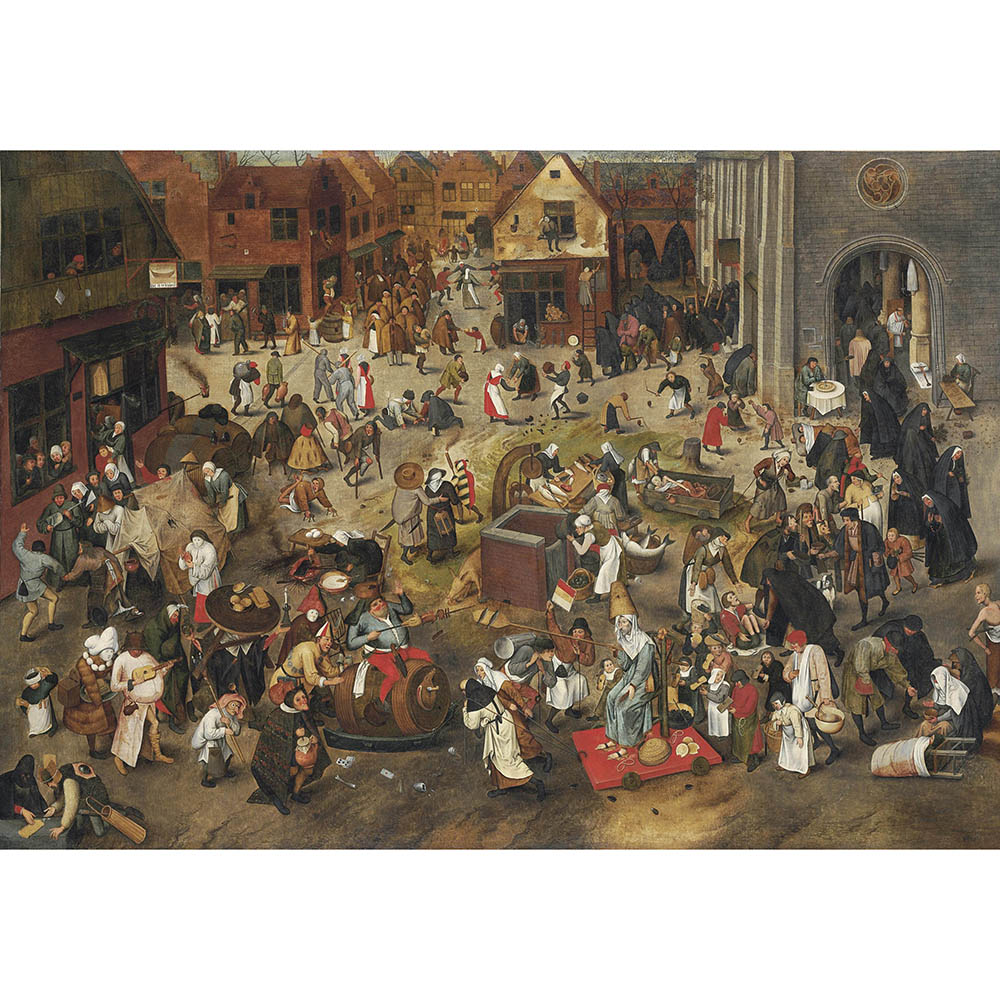
Battle Carnival & Lent

Royal Doulton Venetian Masquerade
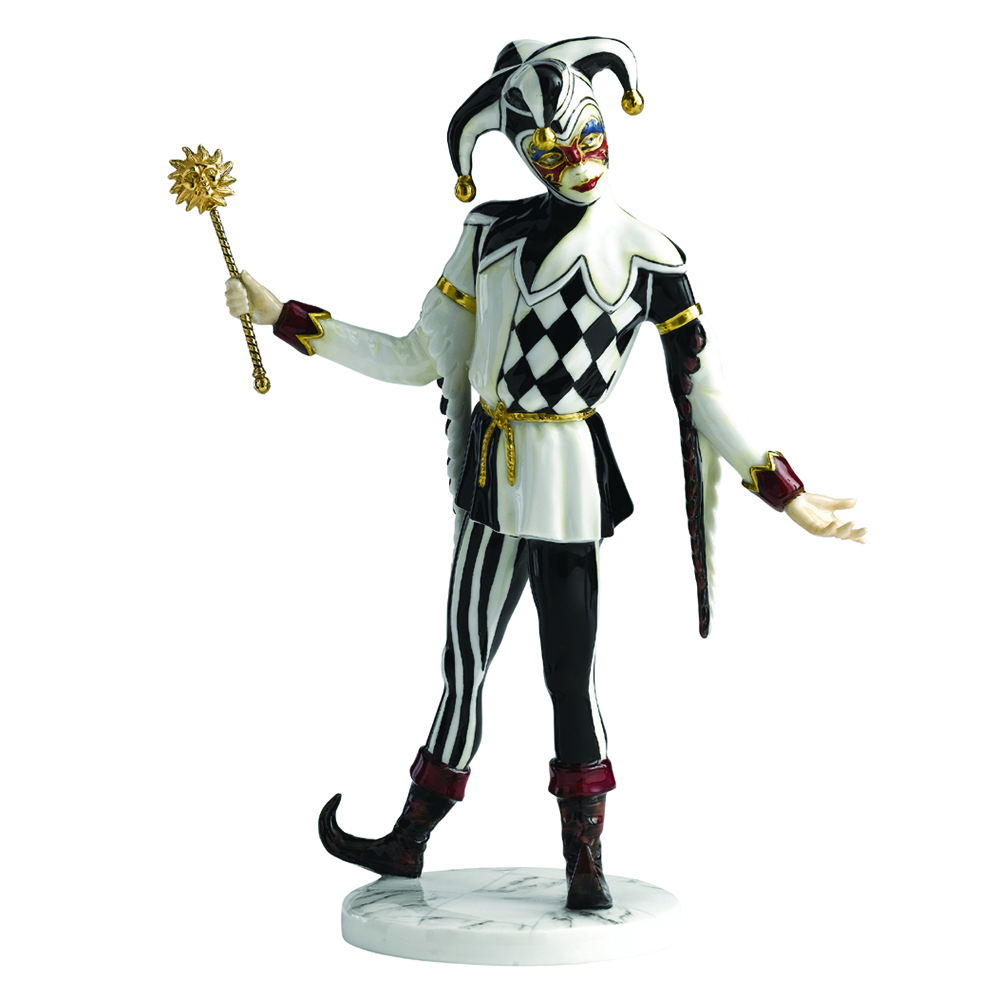
Royal Doulton Dante

Royal Doulton Mardi Gras
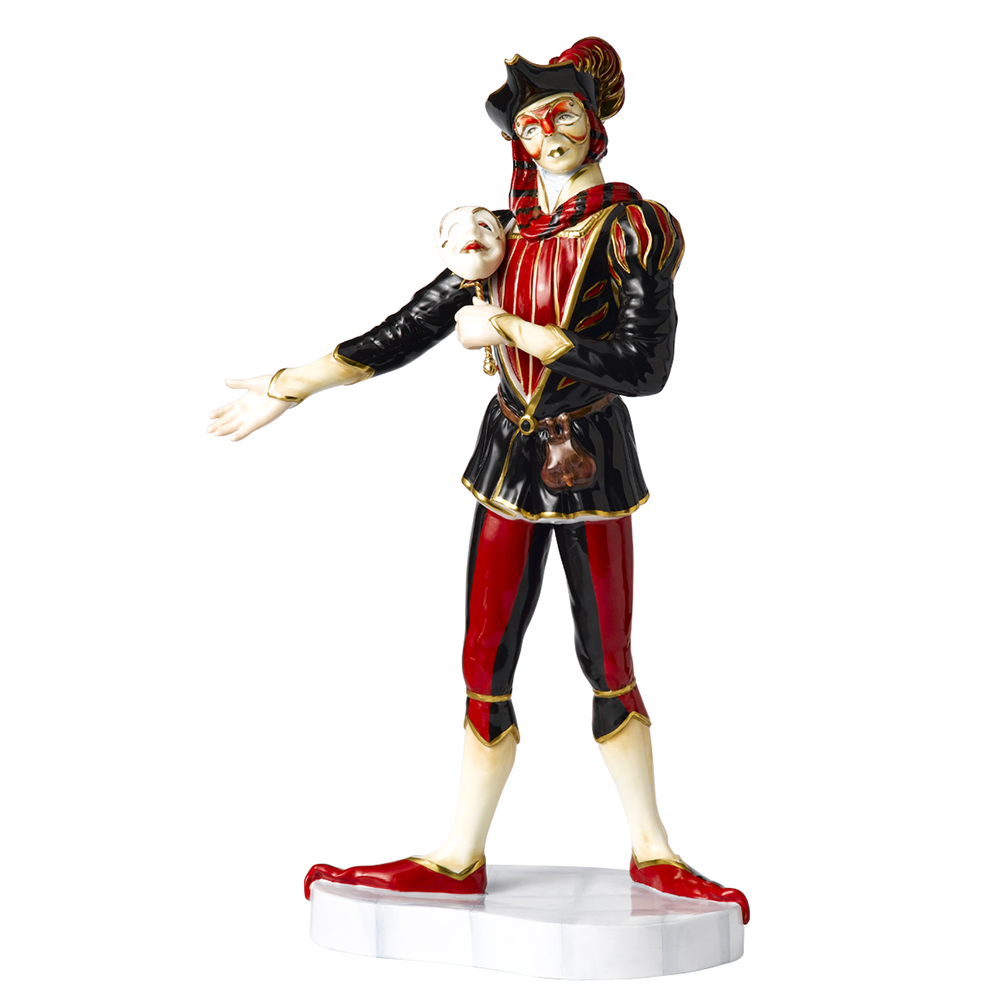
Royal Doulton Mardi Gras

Royal Doulton Mardi Gras

Carnival & Cabaret
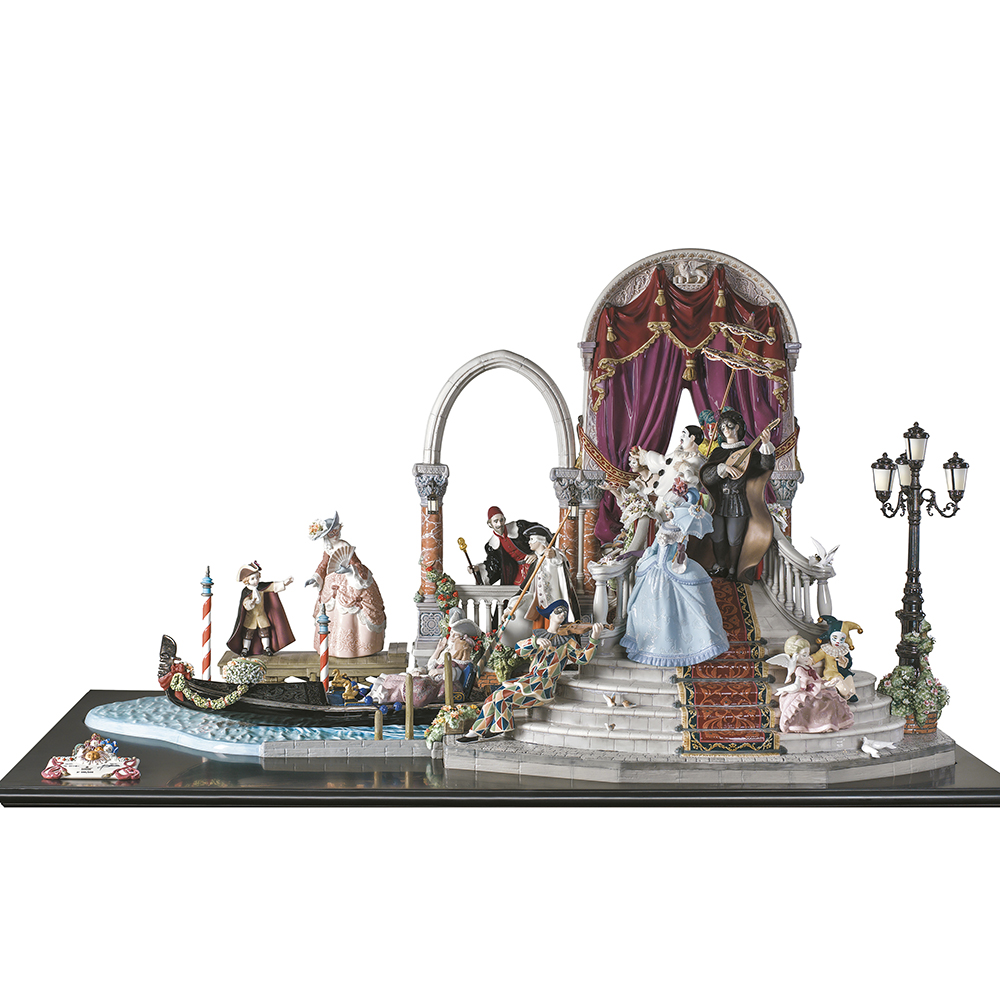
Lladró Carnival in Venice
